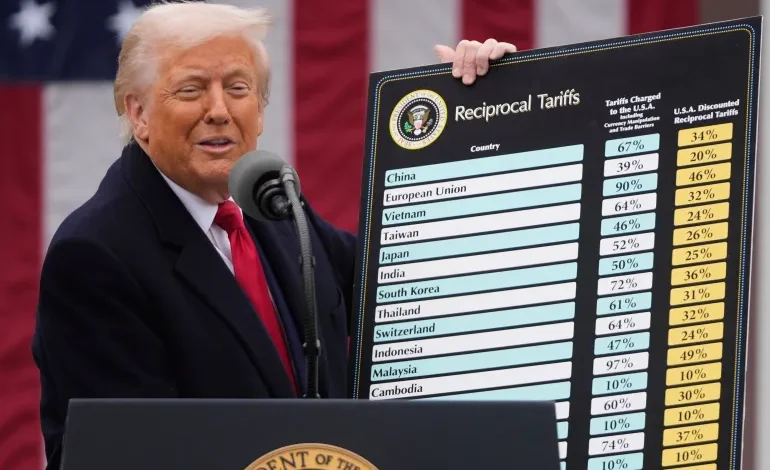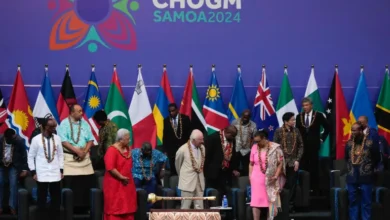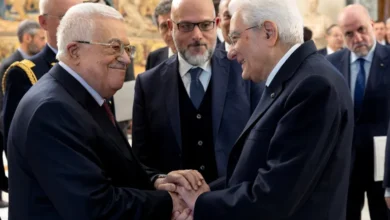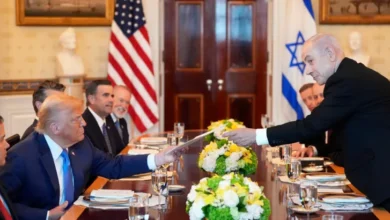What has been the impact of Trump’s tariffs so far?

United States President Donald Trump’s tariffs are set to come into effect on August 1. They mark a significant escalation in US trade policy, leading to higher prices for consumers and bigger financial hits for companies.
Trump had initially postponed “reciprocal tariffs”, which he had announced on April 2, giving countries time to reach trade deals with the US.What are the August 1 tariffs?
Several countries are facing a slew of tariffs on August 1. While the situation remains dynamic, different levies are going to hit countries ranging from 15 percent on Japan and the European Union to 50 percent on Brazil.Who has struck last-minute deals?
Trump has struck a series of bilateral trade deals in the last few days.
With the EU, the US secured $750bn in energy purchases and reduced tariffs on steel via a quota system. In exchange, it lowered auto tariffs from 30 percent to 15 percent, applying the same rate to pharmaceuticals and semiconductors.
Japan committed $550bn in investments targeting US industries such as semiconductors, AI and energy, while increasing rice imports under a 100,000-tonne duty-free quota. It will also purchase US commodities like ethanol, aircraft and defence goods.
Indonesia reportedly agreed to duty-free access for many US products and increased energy and agricultural imports, although Jakarta has only confirmed tariff cuts and key commodity purchases so far.
The United Kingdom gained aerospace and auto export benefits, while granting the US duty-free beef quotas and a 1.4 billion litre ethanol quota.China saw its reciprocal tariffs slashed from 145 percent to the baseline 10 percent that was imposed on all countries. In addition, there’s a 20 percent punitive tariff for fentanyl trafficking. A temporary pause for the final tariff rate has been extended until August 12 while the two hammer out a deal. China matched the cut and eased non-tariff measures, resuming rare earth exports and accepting Boeing deliveries.




